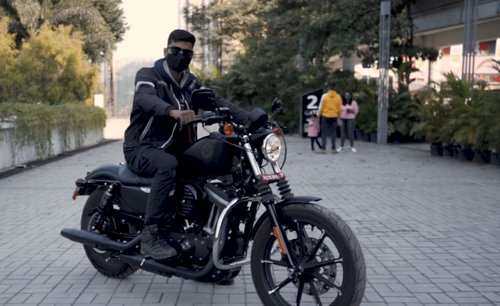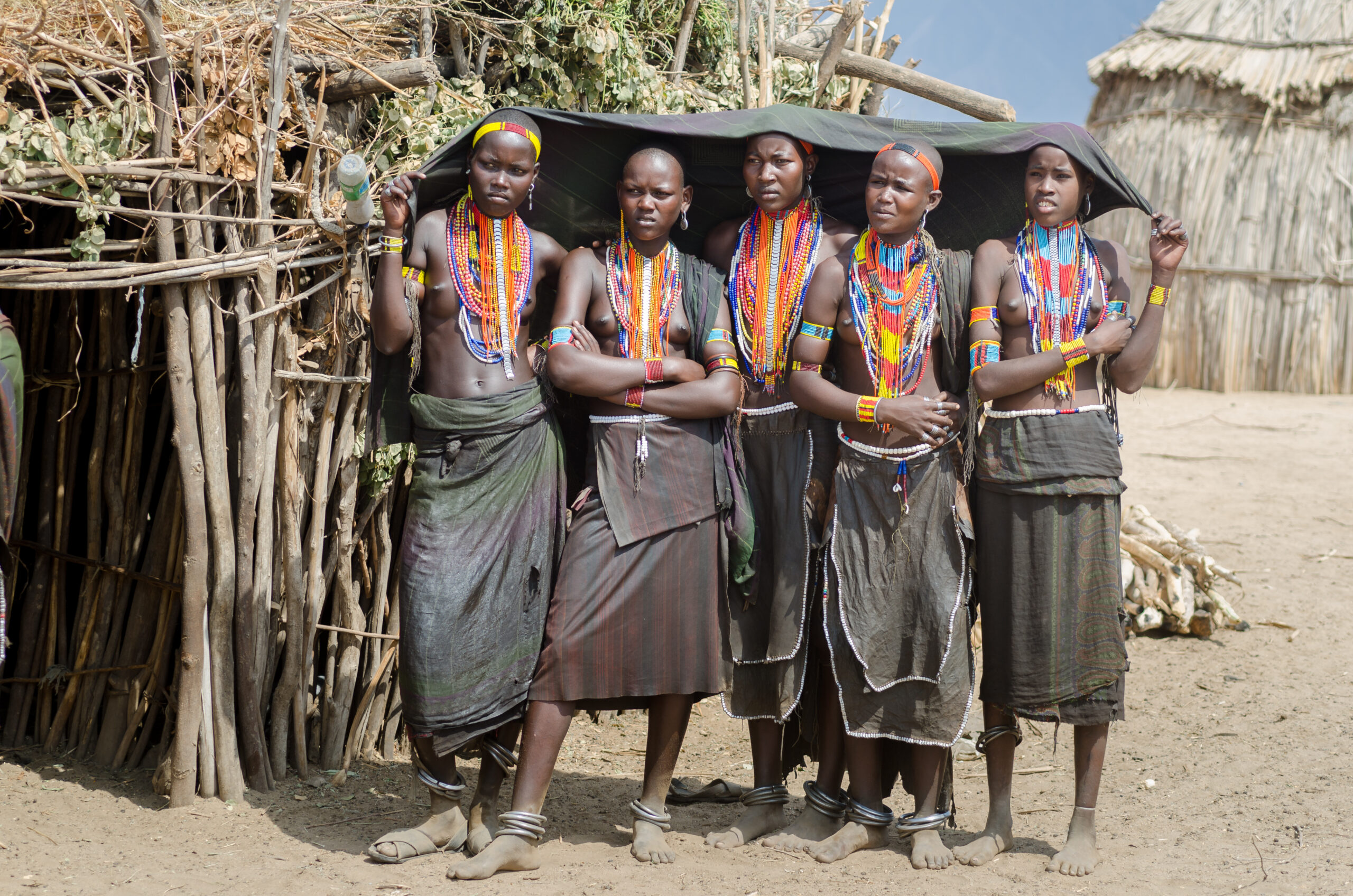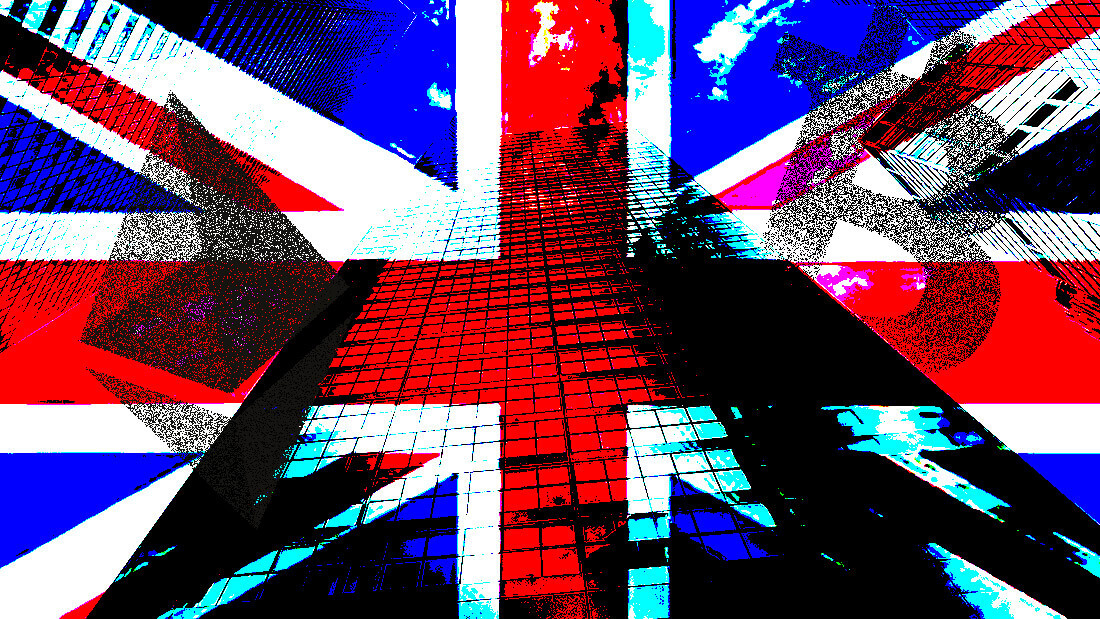Last year’s big-budget Hindi film Shamshera, starring Ranbir Kapoor, failed to impress filmgoers. But the movie was distinct since it introduced a Dalit protagonist. We see a “low-born” hero contest the Brahmanical fiefdom and the colonial exploitation, and then liberate the depressed people from the brutal yoke. This was a welcome intervention in the history of Hindi cinema since, for a long time, the social claims and cultural desires of Dalits have overtly been neglected. The film industry has unapologetically served the cultural values of the Hindu social elites, and even an iconic national leader like Dr Babasaheb Ambedkar finds no space on the celluloid.

The absence of Ambedkar or a Dalit protagonist on the screen tells a lot about the hegemony of social elites over the cultural industry. Since its inception, the Hindu mythological tales emerged as readymade scripts for filmmaking. In the first two decades after India’s Independence, with realistic dramas such as Mother India, Do Bigha Zamin, Naya Daur, Jagte Raho, and Ganga Jamuna, the Hindi cinema celebrated the secular and socialist values and endorsed the Gandhian-Nehruvian vision for the modern nation.
In the1960s, Hindi cinema also portrayed the composite culture of Hindu-Muslim unionism and introduced Muslim costume and social drama as a significant genre in show business (Mehboob Khan’s Mughal-e-Azam is a prime example). However, the protagonist in cinematic dramas often represents the name, customs and cultural values belonging to social elites and hardly gets disturbed by the caste-based social divisions and exploitative nature. Even in the socialist genre, though the issues of poverty, unemployment, corruption and feudal exploitation were highlighted, the caste question remained untouched.
Interestingly, the Bombay film Industry was also growing when Ambedkar was making promising inroads into politics as a radical voice of the marginalised people. The central plea of the social justice movement was to ensure equitable representation of the Depressed Classes in the newly inaugurated political institutions. But Hindi cinema hardly noticed the emerging Dalit-Bahujan voices. Instead, it valorised the populist cultural symbols and served the nationalist aspirations of the social elites. Even in the parallel cinema of the 1970s, though the issues of Brahmanical and feudal exploitation found some space (Ankur, Damul, Paar, Gidh, and Chakra), it stereotypically represented Dalits mainly as powerless and wretched. The possibility of exploring the Dalit character as socially conscious agents (like the robust image promoted by the Dalit Panthers in the mid-1970s) was avoided.
In the late 1980s, Ambedkar’s portraits started appearing on screen, especially in courtroom or police station scenes. The photograph often reminds the audience about the passive and lethargic modern institutions that are equally responsible for the tragedies of the protagonist. His photograph is not utilised to inspire the hero to act for justice.
Instead, the photo appears as a metaphor for inaction, powerlessness and corruption of modern institutions. Only in the 1990s, a small shift in the representation of Dalits on screen can be witnessed with films such as Bandit Queen, Aarakshan, Eklavya, and Guddu Rangeela introduced the Dalit characters as right-bearing people with a sense of dignity and assertive voice. However, Ambedkar’s ideological perspective was still absent in the narratives.
In the last decade, Bollywood’s regional counterparts, especially in Tamil and Marathi films, with filmmakers like Pa Ranjith (Kala and Kabali), Nagaraj Manjule (Fandry and Sairat), Meri Selvaraj (Karnan), Vetrimaran (Asuran) and Sailesh Narwade (Jayanti), a growing representation of Dalit-Bahujan experiences and their heroic tales have now got a bigger audience and critical appreciation. However, it is early to suggest that the film industry is ready to welcome the Dalit-Bahujan interventions into show business and democratise the cultural industry. It is still hegemonised and dominated by the class and political interests of the social elites, whereas the Dalit-Bahujan interventions in cinema are merely peripheral.
Mainstream cinema is often celebrated for its spectacular and grandiose attire, irrational action scenes and sexist dance sequences. Popular cinema produced films that can sensitively and emotionally connect the Dalit-Bahujan-Adivasi masses. A cursory survey of the Hindi film industry would showcase that there is a lack of social diversity among filmmakers, it has marginalised the prominent voices of modern nation builders, such as Jyotiba Phule, Ambedkar and Periyar, and in the cinema narratives, there is an overt erasure of Dalit-Bahujan cultural and traditional values. However, such historic injustice has not bothered film companies, cinema scholars or film reviewers yet.
The current political dispensation under the Hindutva rubric has often made claims for substantive social inclusion, especially of the subaltern Dalit-Bahujan castes. Therefore, the non-political spheres (like the cultural, media and sports industries) are expected to take a similar stand and engage the socially marginalised people to raise social issues and cultural claims.
The way the iconography of Babasaheb Ambedkar is now visible in the social and political spaces, the cultural industry must also welcome him as an integral part and democratise the conventional order. A robust and dignified presence of the Dalit-Bahujan artists, filmmakers and cinema narratives will not only advance the film industry as a plural and diversified milieu. Still, it will also elevate the social sensitivity of the film industry. Therefore, it is high time that the film industry endorses the Dalit-Bahujan perspectives in filmmaking and cinematic narratives and pays rich tributes to Ambedkar.
Harish S Wankhede is assistant professor, Centre for Political Studies, School of Social Sciences
Jawaharlal Nehru University, New Delhi















